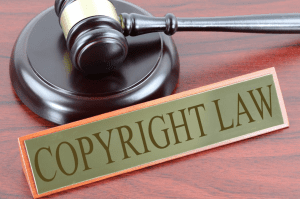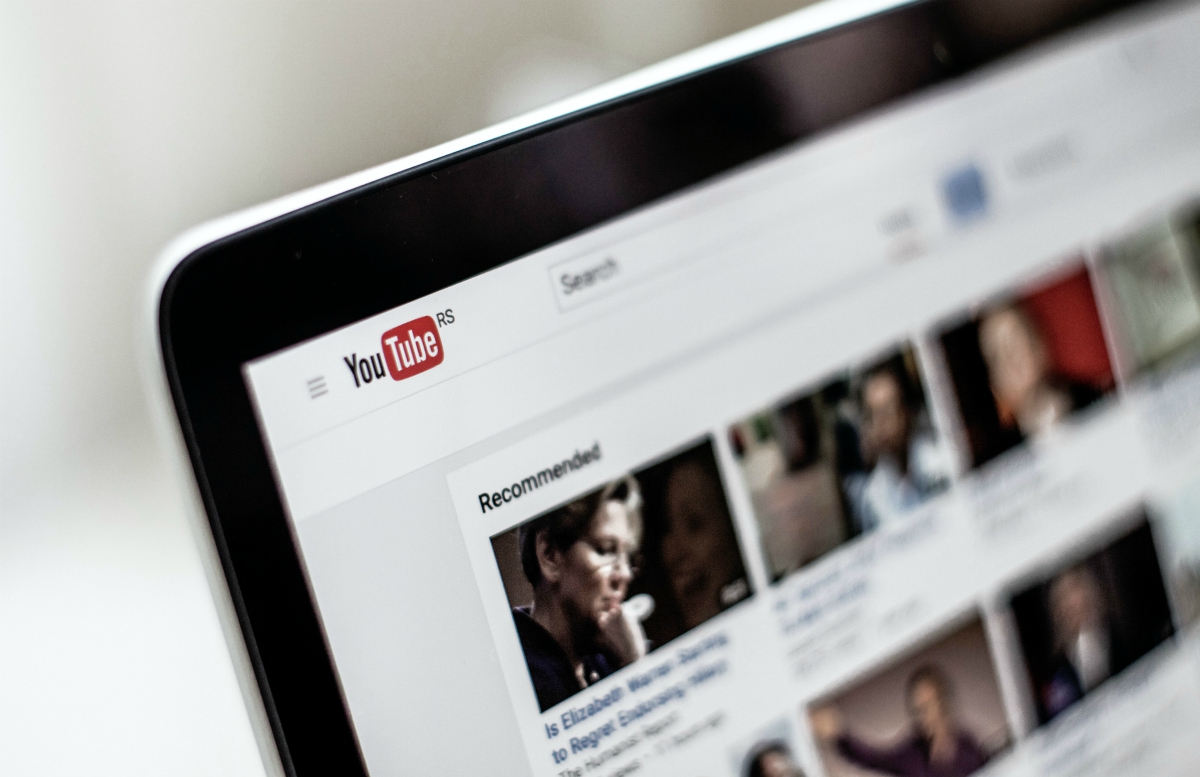When you see a Content ID claim on your YouTube video that you are sure abides by Fair Use policies, you can apply to have it removed. ~ Lyle Solomon, Principal Attorney, Oak View Law Group
Navigating copyright issues on YouTube can be a complex maze, but we’ve gathered insights from attorneys and content creators to steer you in the right direction. From dancing with originality to utilizing YouTube’s Content ID proactively, explore the six strategies these experts recommend for tackling copyright challenges on the platform.
- Dance with Originality
- Assert Fair Use Rights
- Register with Copyright Office
- Use Licensed Stock Media
- Leverage Creative Commons and Dispute Claims
- Utilize YouTube’s Content ID Proactively
Dance with Originality
Navigating the copyright maze on YouTube is like waltzing through a creative minefield, and the key move is to dance on the side of originality. Imagine your content as a unique masterpiece, a canvas painted with your ideas and style. To avoid copyright clashes, steer clear of using someone else’s tunes, images, or videos without permission. It’s like respecting someone else’s art gallery—you wouldn’t just swipe a painting and call it yours.
Opt for royalty-free music, create your own visuals, and when in doubt, double-check with the copyright rulebook. Think of your content as a one-of-a-kind dance routine; the more original your steps, the less likely you’ll step on anyone else’s toes. It’s not just about avoiding strikes; it’s about showcasing your unique groove on the vast YouTube dance floor of creativity.
Steve Jensen, Attorney, Parker & McConkie
Assert Fair Use Rights
When you see a Content ID claim on your YouTube video that you are sure abides by Fair Use policies, you can apply to have it removed. First, though, you should be absolutely certain about why you received the copyright strike in the first place. So, review the clauses under Fair Use regulations and check if, indeed, you are operating within them.
For example, ensure that you have only bits of copyrighted content, if any. Ensure that the majority of your video is original.
Then, you can contact the copyright owner via private message and request a retraction. Be courteous rather than defensive. Also, most importantly, provide them with full evidence of the situation, including screenshots if needed. It is possible that they will review the strike and retract the claim. However, if this does not work, you can then apply for a legal counter-notification that your content does qualify under the Fair Use policy. This filing process can last around ten days.
Lyle Solomon, Principal Attorney, Oak View Law Group
Register with Copyright Office
As a professional in the travel industry, I credit YouTube with really bringing my industry to unparalleled marketing heights. While it might seem as simple as posting a video and watching the comments and likes accumulate, there is proper protocol when digitally representing oneself on this specific platform.
First, I would encourage those using YouTube who wish to copyright their content to work through the Electronic Copyright Office, apply for registration, and then pay the applicable fees. From personal experience, I know it does take some time to digitally preserve ownership over video images, but that is the ‘cost’ of keeping such items proprietary.
It is also not enough to verbally declare credit to or from an entity on a YouTube video. There must be proven consent through a legal permit or license to avoid content (musical, visual, and/or graphic) infringement. I have run into this issue with specific projects, but luckily I was able to obtain the appropriate consent (through direct email) while building my projects.
Honoring YouTube copyright really is a two-way street. I believe everyone needs to remember to treat those in cyberspace with the same creative respect that they expect themselves, so digital integrity is not sacrificed.
Aiden Higgins, Senior Editor and Writer, The Broke Backpacker
Use Licensed Stock Media
I approach this by using stock footage and music from reputable sources that offer licenses specifically for YouTube use. These platforms provide a wide range of options, and the licensing terms are clear and YouTube-friendly. While there’s usually a cost involved, it eliminates the worry about copyright infringement and enhances the production quality of my videos.
Jonathan Feniak, General Counsel, LLC Attorney
Leverage Creative Commons and Dispute Claims
I take a multi-pronged approach to navigating YouTube copyright issues. First, I tap into Creative Commons and YouTube’s free audio library for compliant media assets. For third-party clips, I strictly limit usage, document fair use rationales in descriptions, and dispute claims carefully to resolve problems.

Where worthwhile, I also pursue direct licensing deals with content owners to legally repurpose high-value footage, opening doors for derivative works that tend to perform very well.
Eric Lam, Head of Business Strategy, San Francisco Tax Appeal
Utilize YouTube’s Content ID Proactively
I have found success in using YouTube’s Content ID system to my advantage. When I upload a video, YouTube automatically checks for copyrighted material. If there’s a match, I either edit the video to remove the infringing content or use YouTube’s built-in editing tools to replace or mute the copyrighted audio.
This proactive approach saves a lot of time and hassle in dealing with potential copyright strikes after the video is published.
Ryan Zomorodi, COO and Co-Founder, Real Estate Skills


Join the conversation!